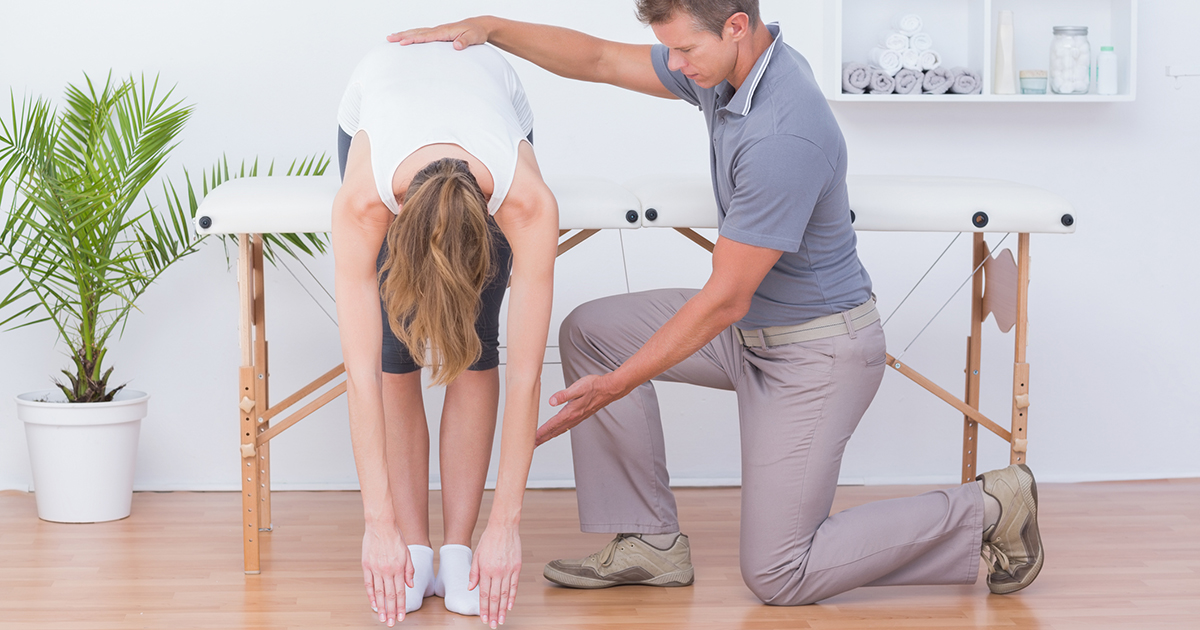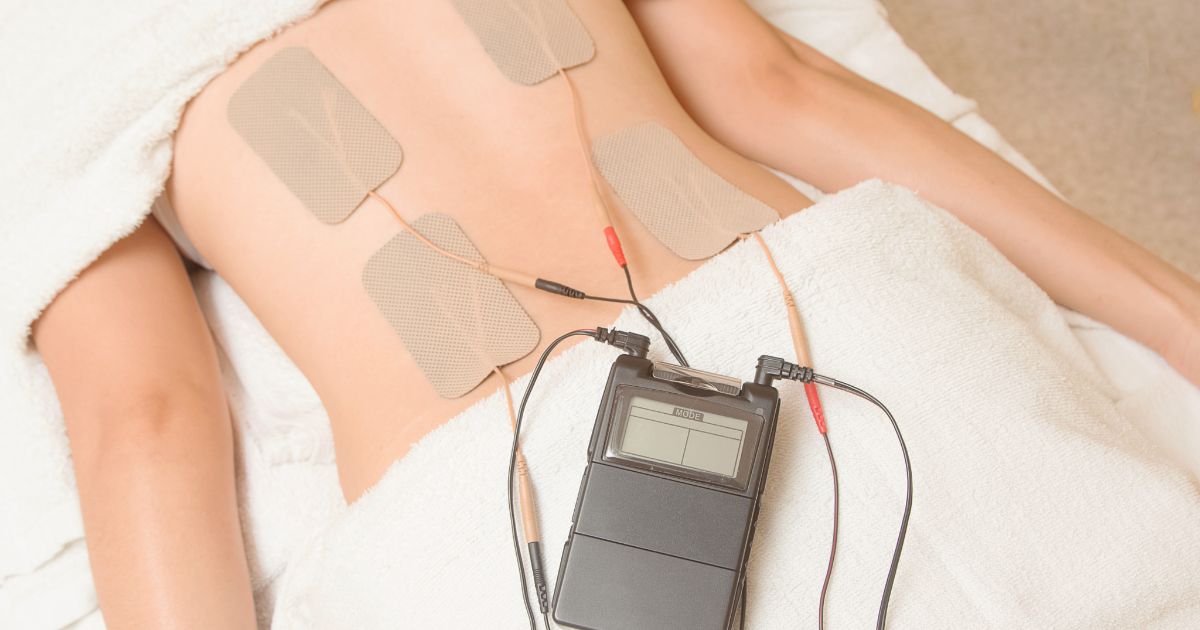Guide To How Chiropractors Treat Back Pain
Back pain is one of the leading causes of disability around the world, and it is also one of the most frequently cited reasons for seeing a doctor and for being absent from school or work. Patients with back pain could notice shooting pain that radiates down their legs, and pain may worsen with lifting, bending, or walking. Lying down or reclining typically reduces this type of pain.
Chiropractors are licensed healthcare professionals who specialize in the treatment of spinal and musculoskeletal disorders. Although they are not medical doctors, chiropractors receive training in more than one hundred different chiropractic techniques they can use to alleviate pain and restore postural alignment.
Spinal Manipulation And Alignment

Spinal manipulation and alignment involve specialized techniques performed to relieve pressure on joints, restore nerve function, and reduce inflammation. Andrew Still, an American doctor who practiced in the 1800s, developed the theory that displaced bones and muscles caused disease by interfering with the body's circulatory system. Using spinal manipulation, practitioners can realign displaced bones, reduce pain, and improve the patient's symptom management. To manipulate the spine, the chiropractor applies a sudden, controlled amount of force to specific areas of the spine.
This technique is not normally painful, but patients may hear popping noises as it is performed. Studies suggest spinal manipulation is especially effective for acute back pain that has persisted for less than four weeks. In certain situations, chiropractors may opt to use spinal mobilization, a less forceful form of spinal manipulation. This method uses fewer thrusts and more stretching, and it might include the use of an activator, a metal tool that applies direct force to a single vertebra. Patients should ask their practitioner about the risks and benefits of spinal manipulation for their specific health concern.
Exercise Rehabilitation

Exercise rehabilitation includes a series of prescribed stretches and other exercises performed under supervision during a chiropractic treatment session. Patients are taught exercises to improve flexibility, strengthen core muscles, and restore range of motion. These exercises may be performed with the use of elastic bands and support devices, and they might also include using the patient's body weight as resistance.
Some chiropractic offices have technological equipment that can be used to increase the benefits of an exercise rehabilitation session. Patients are given additional exercises to practice in between their appointments. Depending on the severity of back pain, exercise rehabilitation may be needed for several months. Individuals should always let their practitioner know if they experience any pain while performing the exercises. Patients are encouraged to combine their exercise rehabilitation work with aerobic exercises such as brisk walking.
Trigger Point Therapy

Trigger points are areas of skeletal muscle that produce discomfort when they are compressed. Also known as neuromuscular therapy and myofascial trigger point therapy, trigger point therapy detects and releases these painful areas. After performing an exam to identify muscle tenderness, chiropractors can release these points through the use of finger pressure. The chiropractor will apply pressure for a few seconds with their finger and thumb. Once the muscle relaxes, they will massage the area. The finger pressure method is the least invasive method of trigger point therapy, and it is often the first choice for treatment.
Practitioners may sometimes choose to use the spray-stretch method of trigger point therapy. This approach consists of spraying a cooling substance onto the muscle. After this has been applied, the chiropractor will gently stretch the muscle. The spray-stretch method may not be appropriate for patients who have limited movement. Dry needling (acupuncture) techniques can be useful in the release of trigger points as well. Some practitioners may use acupuncture needles for these techniques, and others might employ laser acupuncture. Only one acupuncture needle is used per trigger point, and the needle is inserted directly into the center of the affected muscle. Most dry needling sessions last less than ten minutes, and this method can be more comfortable than finger pressure for some individuals.
Electrical Stimulation

Electrical stimulation can be especially useful for patients who are having spasms in their back muscles. This treatment applies a mild electrical current to specific areas of the body. The current causes the muscles in the area to contract at a fast rate, and this produces a tingling sensation that is soothing for the majority of patients. In addition, the fast muscle contractions triggered by the electrical stimulation cause the muscles to become fatigued, and this promotes relaxation of the treated muscle group.
It helps the body release endorphins, which act as natural pain relievers. Patients who use pacemakers or other implanted electrical devices should not have electrical stimulation. Individuals who have altered tissue sensation or impaired mental status should avoid this therapy as well, and it should not be used over reproductive organs or near the eyes or carotid arteries.
Therapeutic Massage

Therapeutic massage involves the manipulation of the soft tissues in the body to relieve pain. In therapeutic massage, the practitioner will begin by asking the patient about the location of their pain. This information will be used to target specific muscle groups during the massage. Most massage sessions for back pain last forty to sixty minutes. Massaging the quadratus lumborum and the gluteus medius muscles can be particularly beneficial in cases of lower back pain.
Through kneading and stroking the muscles, therapeutic massage can increase blood circulation and relieve tension, both of which can encourage healing and enable patients to recover more quickly. Individuals who have underlying health conditions should check with a doctor about which types of massage are safest for their needs, and they should inform their massage practitioner or primary care physician if a massage causes increasing pain or if their symptoms persist after a few weeks of treatment.
